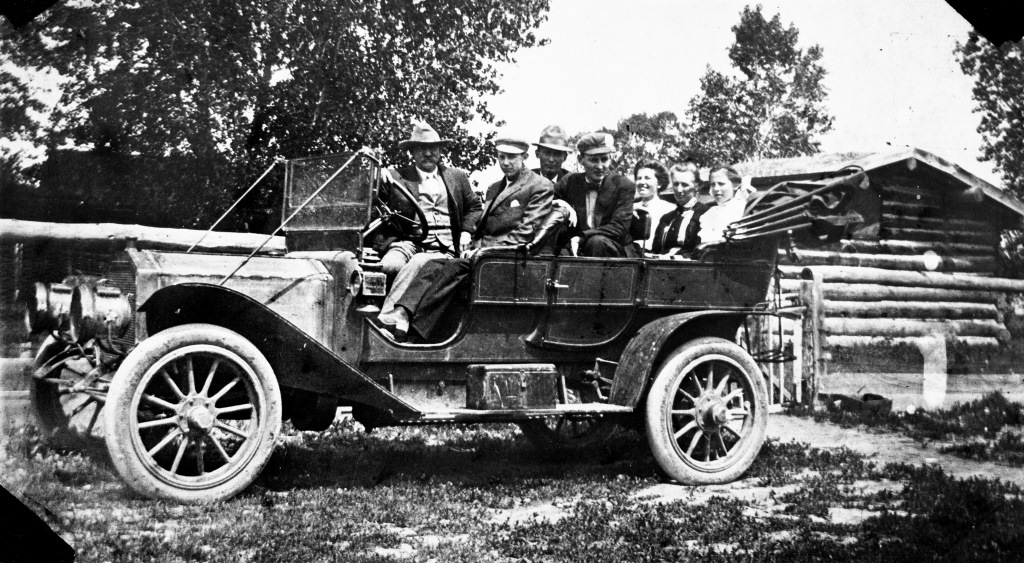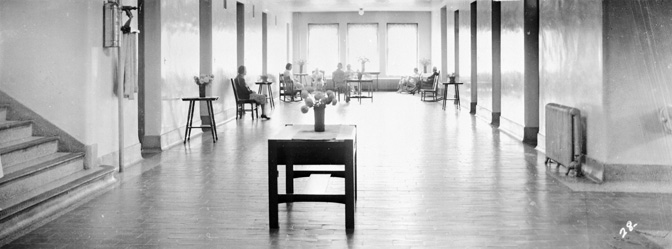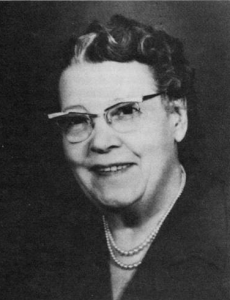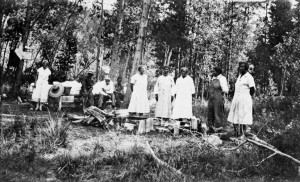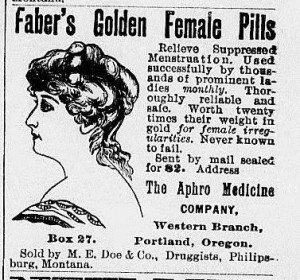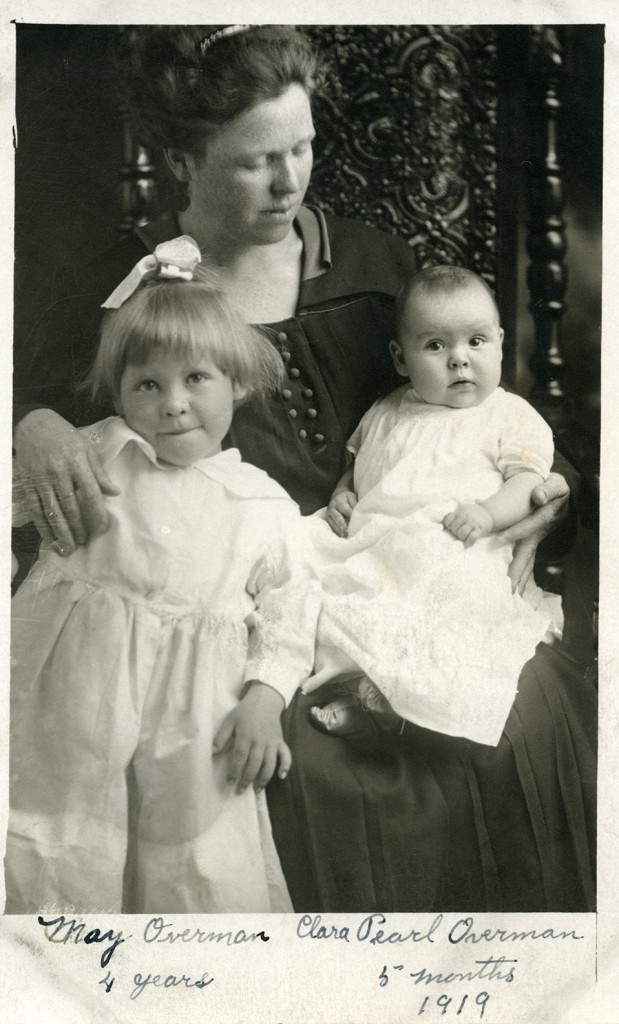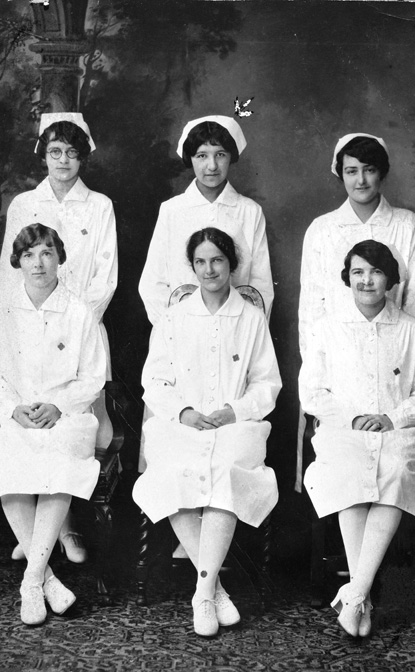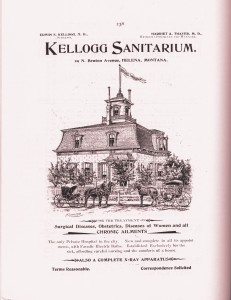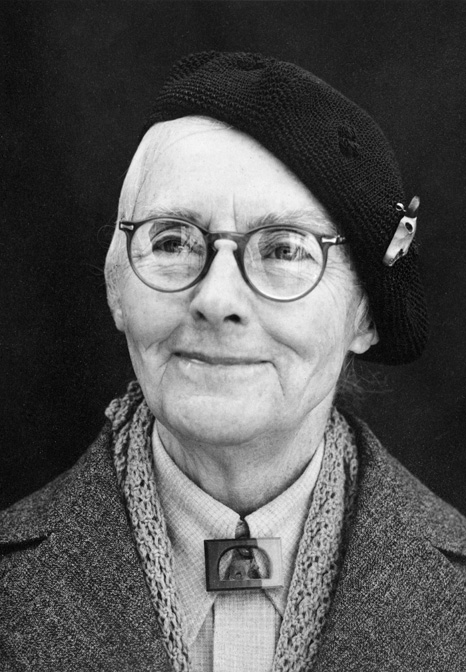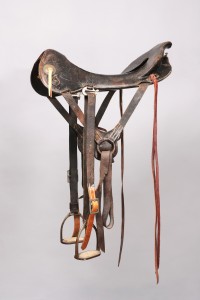
As mothers and homemakers, women have historically presided over child and family welfare. By extension, their purview has included education and healthcare. Before the mid-twentieth century, teaching and nursing were the socially acceptable occupations providing avenues for women to expand their influence in public affairs. Making the most of limited opportunities, many teachers and nurses became school superintendents or public health nurses. Often collaborating to achieve their goals, these leaders in education and community health significantly improved Montanans’ lives.
Montana’s women did not obtain full suffrage until 1914, but they had participated in school elections since the 1880s. In 1882, Helen Clarke and Alice Nichols became the first two women elected to public office in Montana, both of them as county school superintendents. Their duties included visiting schools, recommending necessary improvements to buildings and curricula, and creating teacher licensure exams. They also coordinated teacher institutes to advance teachers’ skills. By 1890, twelve of Montana’s sixteen county superintendents were women. Since that time, the majority of the state’s county superintendents have been women.
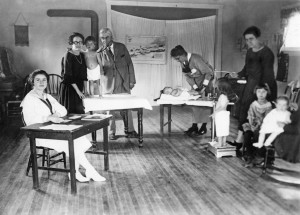
Coinciding with the ascendance of women county superintendents was the rise of public health nurses. The Montana State Board of Health, formed in 1901, employed four field nurses in an effort to decrease high infant and maternal mortality rates and to curb the spread of infectious diseases. Serving a population spread across hundreds of square miles, these field nurses traveled extensively to educate the public about disease transmission, hygiene, nutrition, and infant care. “These women supervise the work of all nurses in their districts,” reported the director of the state’s Child Welfare Division. “In conjunction with the county superintendent of schools and women’s organizations, they … hold children’s health conferences in schools . . . and advise prospective mothers concerning the importance of securing medical supervision.” One of these field nurses, Henrietta Crockett, established the first infant health clinic on a Montana Indian reservation in 1925 and engaged tribal members in the public health campaign. Continue reading Expanding Their Sphere: Montana Women in Education Administration and Public Health
